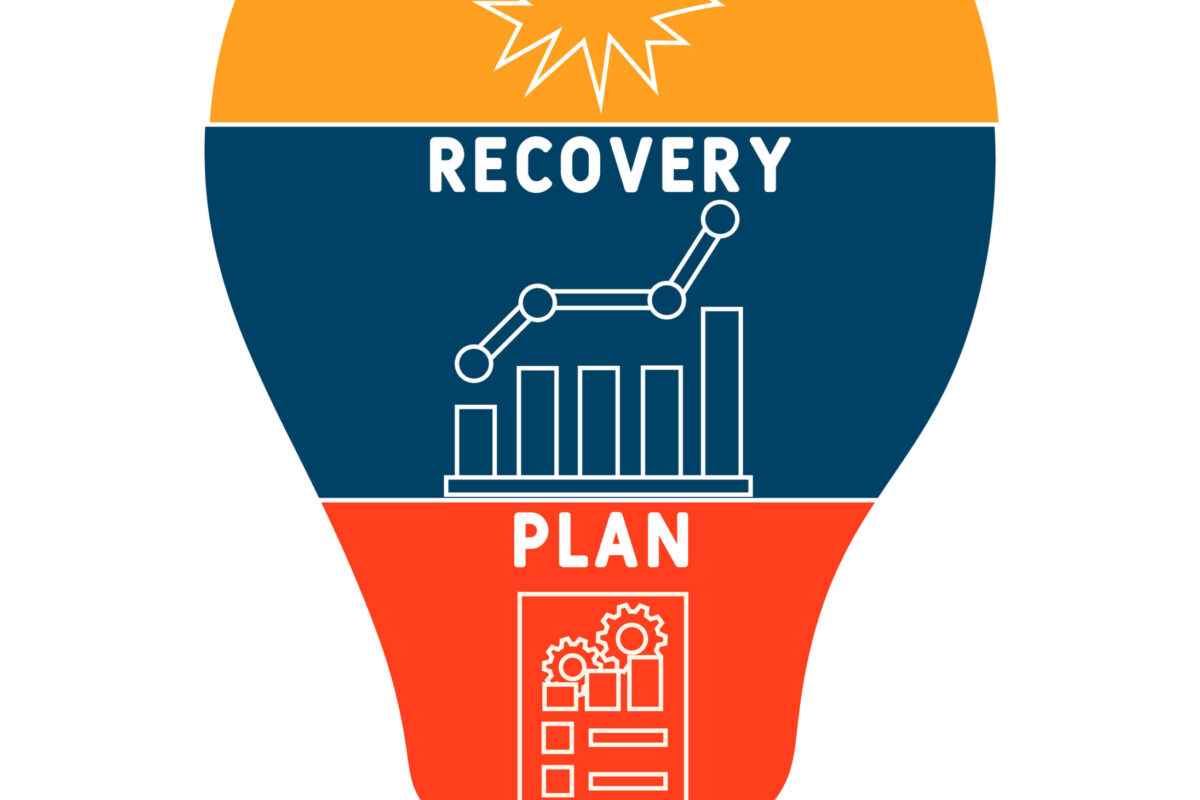With winds exceeding 150 mph, the Category 4 Hurricane Ian left shocking views of submerged land, ripped up homes and disrupted lives in its wake. The scale of damage is unprecedented in the history of Florida and the task of rebuilding will no doubt be an immense challenge. But no matter how intense the fury of a hurricane or the extent of its damage may be, the spirit of humankind as a unified community that comes together to serve, support and uplift each other is stronger. As with other states and cities that have been razed to the ground by disasters, Florida too will rekindle its passion to thrive and rebuild its glory once again, with a helping hand from local as well as out-of-state contractors. If you’re a contracting business with skills in home improvement, propane tune-ups and delivery and HVAC repairs and installation, here’s a quick read on how you can help your community, area, city or state in rebuilding and restoring normalcy after a disaster.
1. Apply for state post-disaster work contracts
When disaster affects a region, government bodies like the Federal Emergency Management Agency (FEMA) will look for local contractors to initiate the rebuilding activity. If you’re a roofing contractor, HVAC company, propane delivery company or a home improvement services business, one of the first things you’ll need to do is to get registered with entities like FEMA to land their post-disaster work contracts.
You could also contact your state’s Procurement Technical Assistance Center (PTAC). A PTAC center can assist you in finding opportunities for post-disaster work and also in making relevant contract proposals.
2. Check with Insurance Companies
An Insurance company is among the first places where a homeowner affected by a disaster is likely to call. As a result, insurance companies make it a norm to create, update and maintain a list of contractors that gets shared with policyholders in the event of a disaster that leads to a claim. You could get in touch with insurance companies that service homes in your area and follow the necessary steps to get into their contractor lists. It’s a definite way to ensure your expertise comes in handy for homes that are looking to rebuild their assets, properties and lives.
3. Create a disaster response team
Handling work in the aftermath of a disaster requires people of a different caliber. You’ll need a handpicked team of professionals who’re as resilient as they’re resourceful, as compassionate as they’re capable. Create a core response team that would comprise selected staff from each of your key departments or areas of expertise. It’s a team you can count on to quickly get to disaster spots and help affected homes and families get back to their normal lives as quickly as possible.
4. Update your technology
Technology can play a crucial part in smoothening your post disaster work endeavors. For example, how do you ensure swift and accurate movement of materials and teams to the right disaster work sites? How do you make sure your stock ordering, purchasing and receipt don’t impede your ability to deliver timely and efficient services to distraught homeowners? How do you keep an instant track of the stage of progress for each of the disaster projects that your teams take up? This is where utilization of state-of-the-art systems like cloud-based technologies will enable you to not only store but access, manage and share data to add speed, efficiency and precision to your efforts to help rebuild your area.
5. Help improve the infrastructure
A disaster leaves a wave of damage and losses in its wake. Look deeper and you’ll find it also leaves opportunities for betterment and resilience. As a contractor involved in post disaster rebuilding activity, you’ll have the opportunity to not only help rebuild what’s been damaged but also build in a way that can better withstand future disasters. This is where you combine your learnings from a disaster with your understanding of materials and processes to deliver a superior rebuild in every situation.
As long as cities continue to exist and thrive, disasters will continue to be a threat. And while a disaster cannot be prevented or controlled, as a contractor you can play a significant role in not only helping rebuild your city’s assets and properties but in restoring its confidence and ability to get back on the path to progress.
